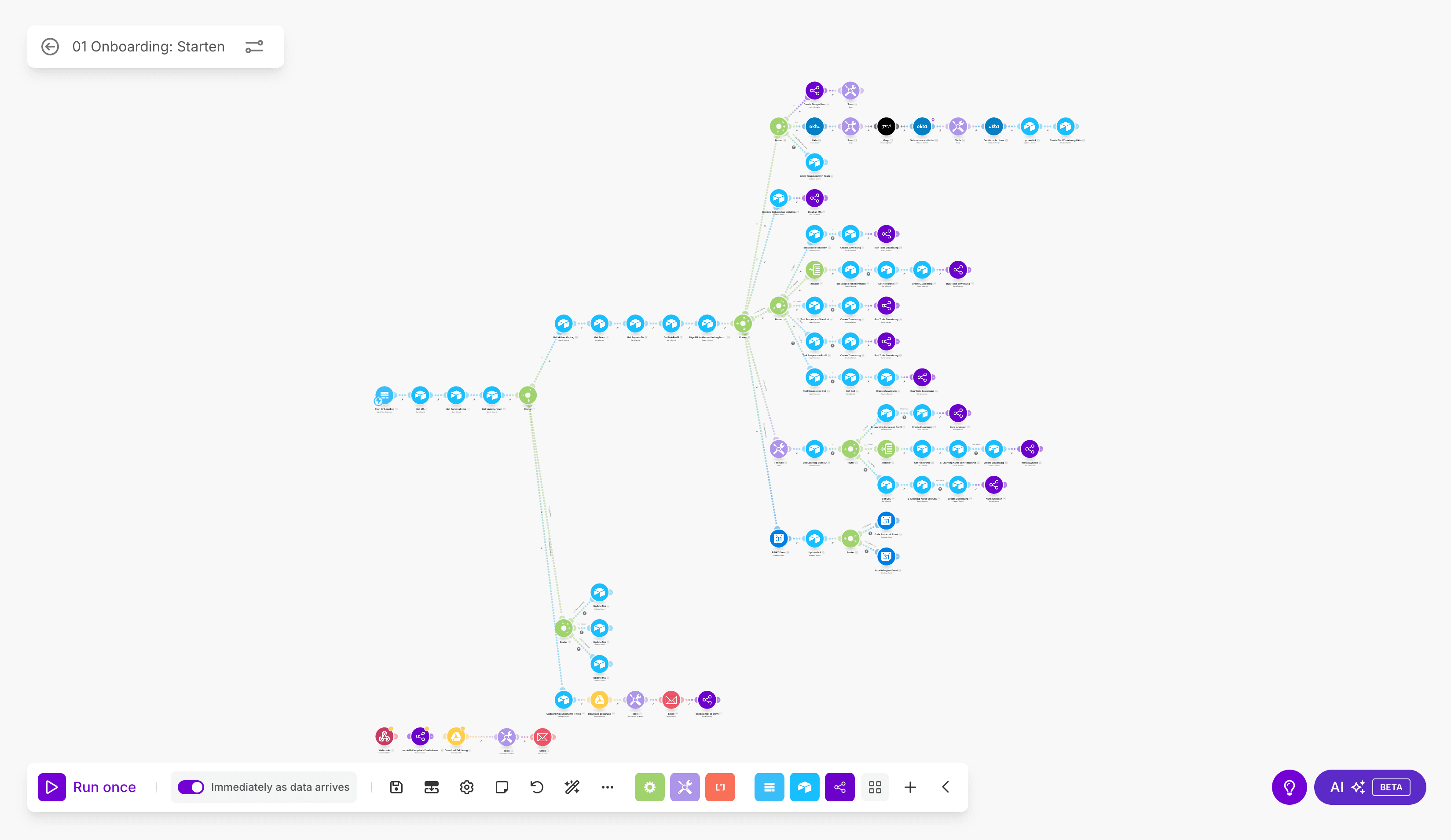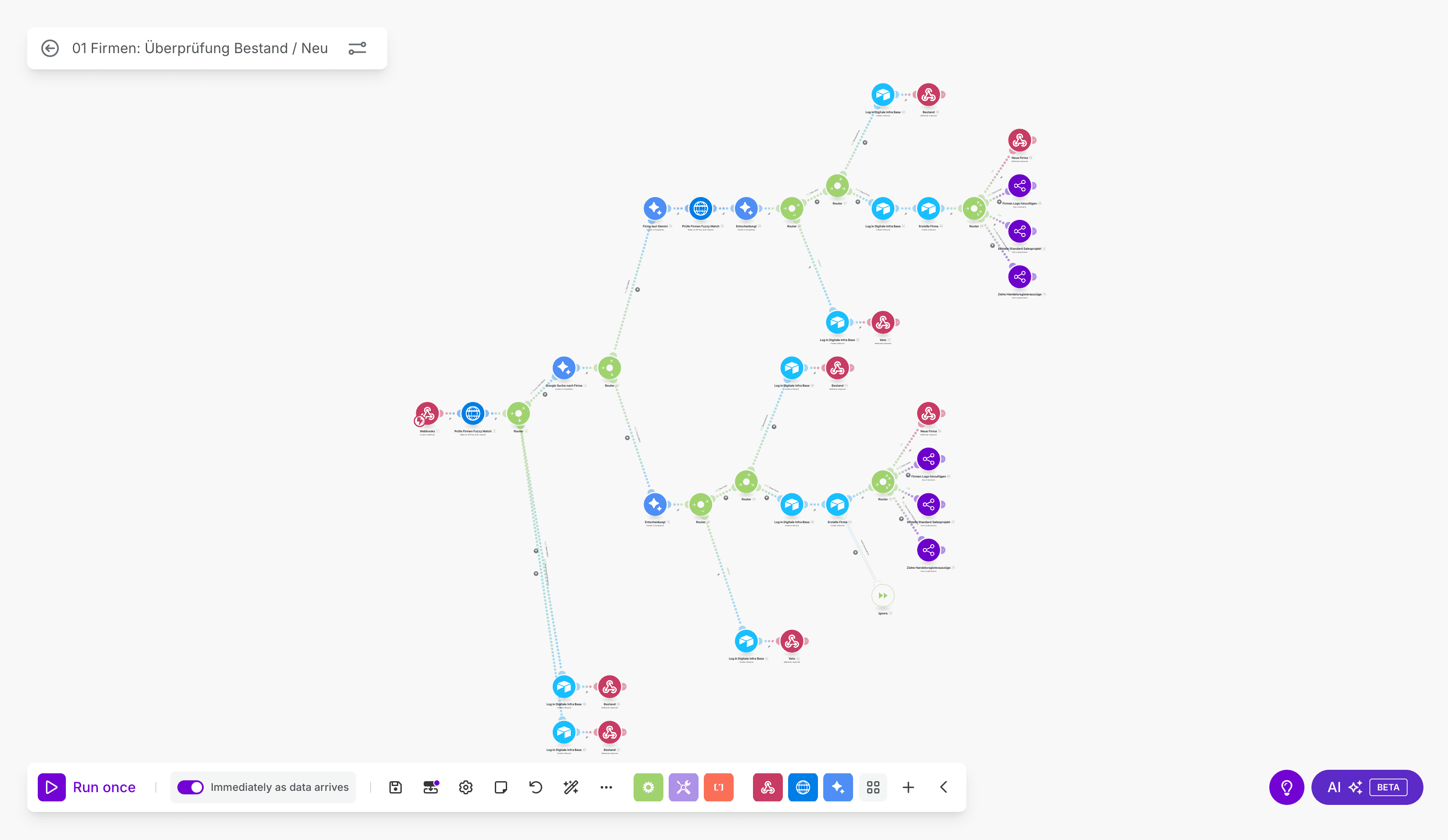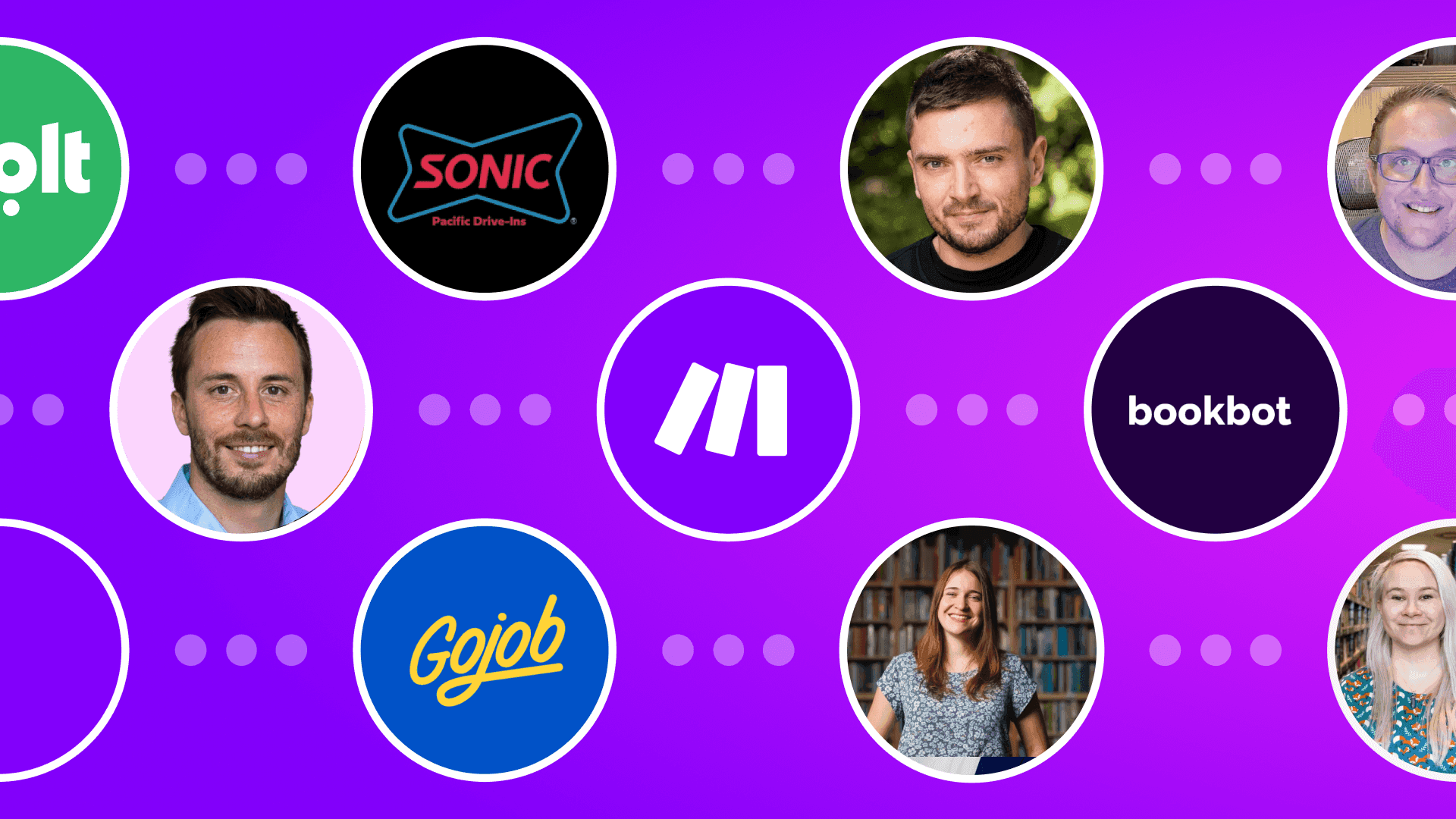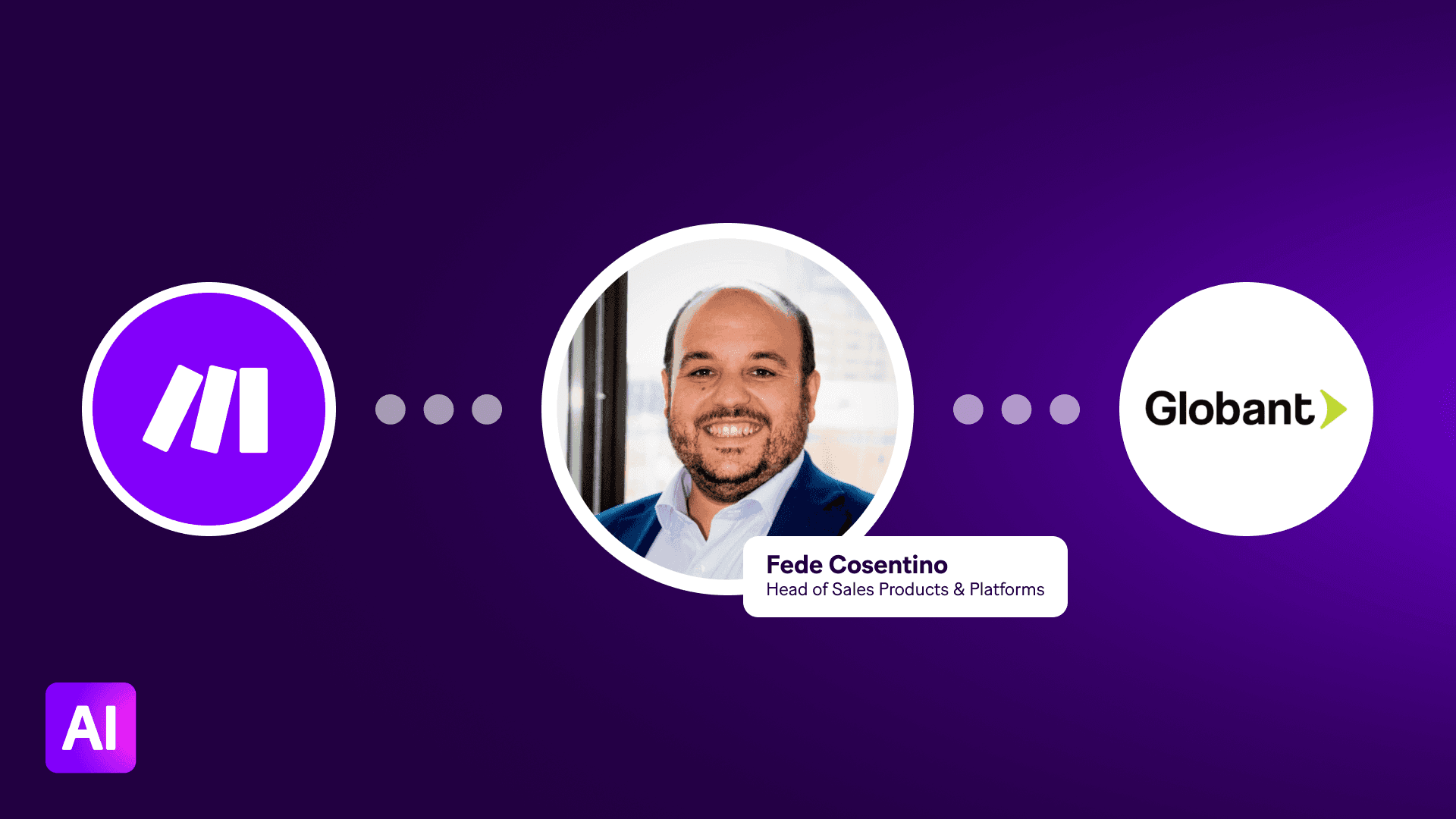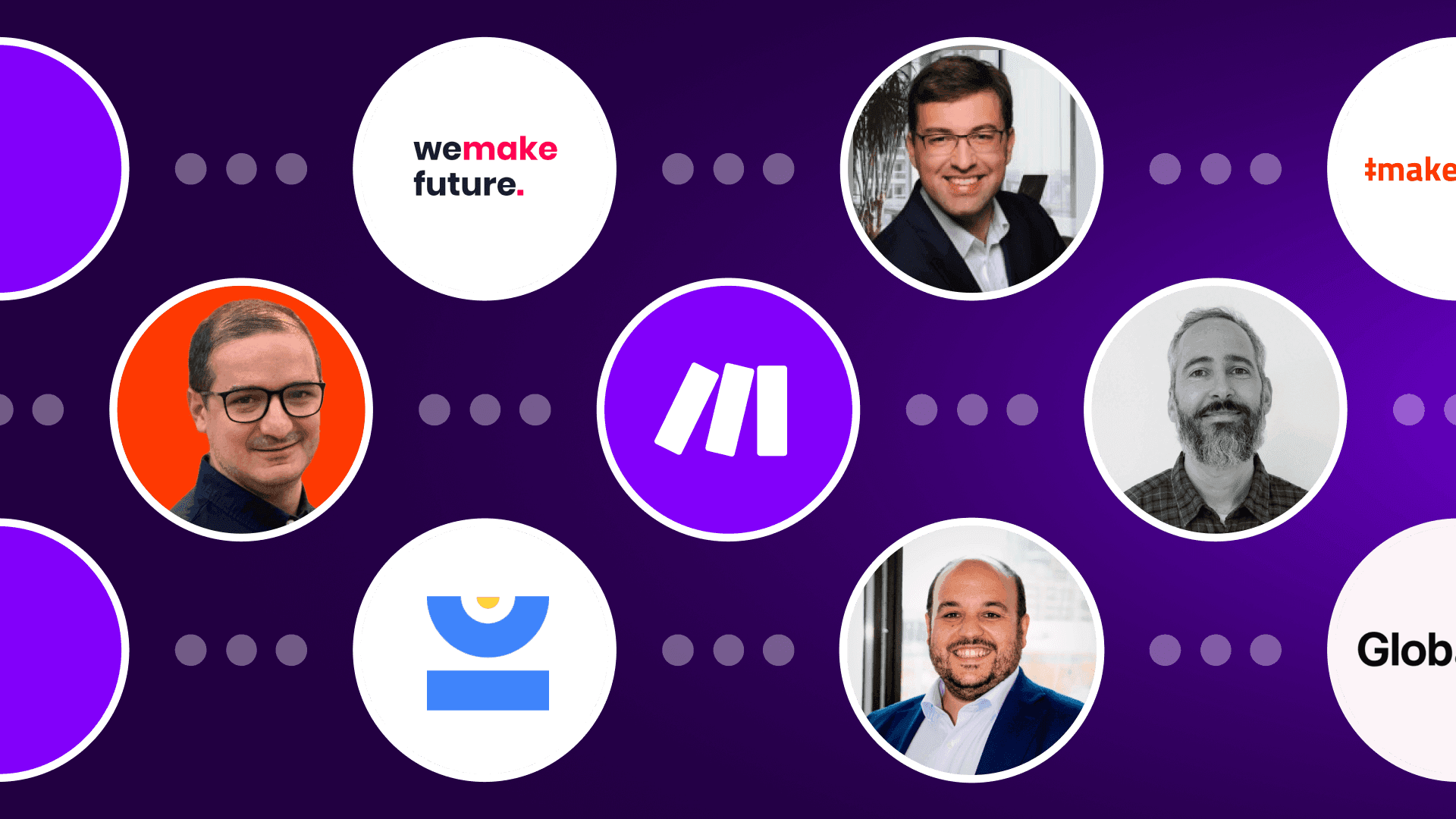Aug 11, 2025 | 5 minutes
How Make helped Greyt save €125k in back office costs
Read how Greyt reduced administrative workload from 3 full-time employee equivalents to 0.5 and increased project profitability by 2x with structured real-time data insights.
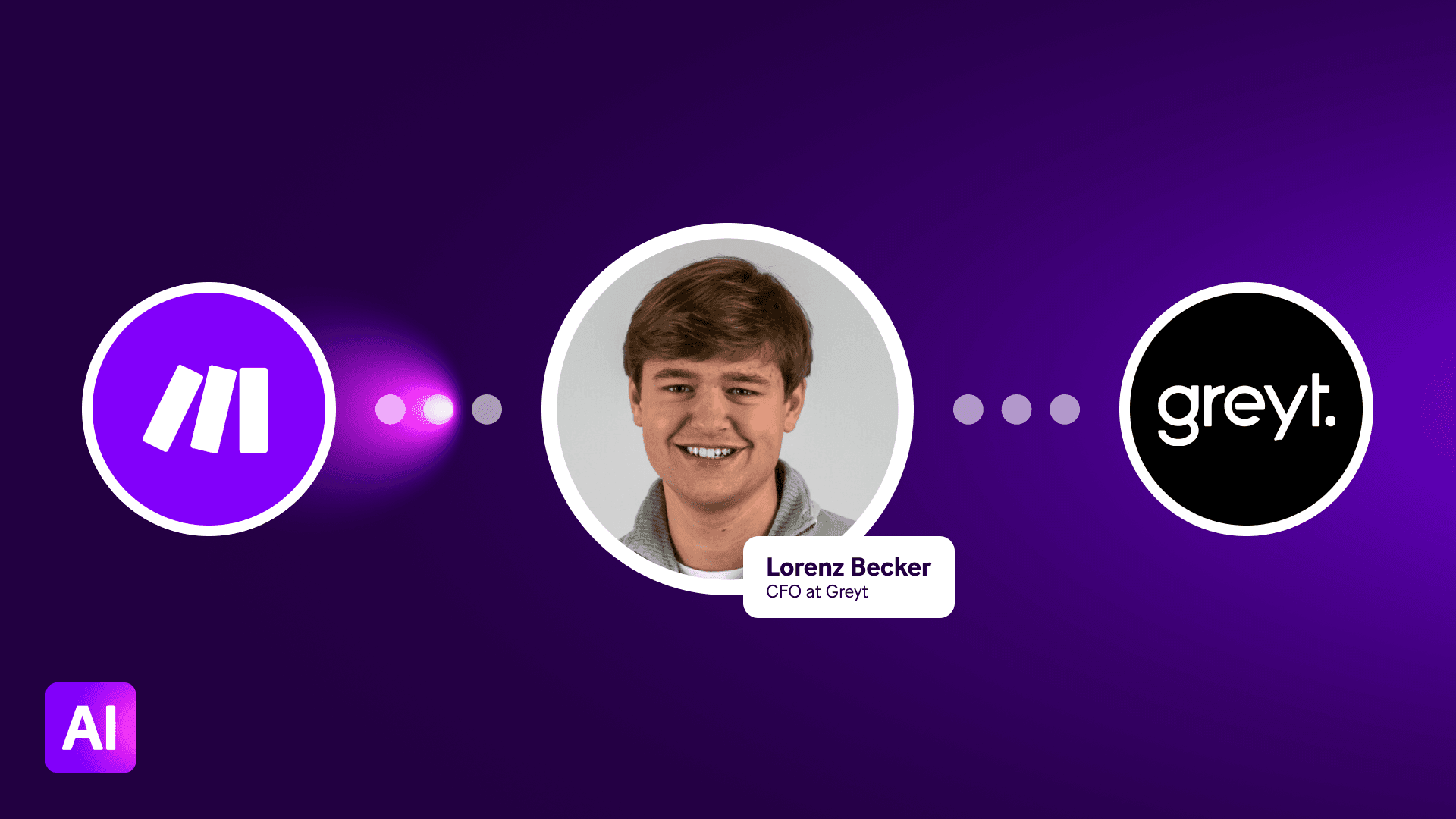
Industry: Professional Services – Business and Management Consulting
Use case: Improving data management, simplifying onboarding
Country: Germany
Company size: 51-100 employees
Apps: Airtable, Userapi.AI - API layer to Midjourney, Google Workspace Admin, Google Gemini AI
Greyt is a German digital transformation agency that helps mid-sized companies modernize their operations through a mix of consulting, technology, and marketing expertise. Operating across Cologne and Trier, it has become a go-to digital partner for Germany’s leading mid-sized enterprises.
But as their internal operations grew in complexity, so did the challenges of managing data, reporting, and collaboration across departments. Fragmented tools, manual reporting, and outdated workflows made it difficult to stay agile and get a real-time view of performance across the company.
Lorenz Becker, CFO at Greyt, shares how his team used Make to centralize company data in Airtable, power live dashboards for every role, generate branded AI images for onboarding, and build the foundation for a natural language AI agent that can instantly answer any business question.
“Make gave us the clarity to operate like a 500-person company with only 60 people. It’s not just automation. It’s intelligence.”
The challenges
From scattered data to slow onboarding processes, Greyt faced several challenges before implementing Make:
Fragmented tools across departments
As a full-service agency with three distinct business units (consulting, technology, and marketing), Greyt uses many specialized tools to serve client needs and run internal operations. While these tools worked well in isolation, the lack of integration between them became a growing issue. Important business data was fragmented across platforms, creating siloed solutions that didn’t talk to one another.
It made even basic operations, like answering a client query or planning resource allocation, a time-consuming task. They needed a unified system that could pull everything together, cleanly and consistently, without relying on human actions every time.
Lack of real-time performance insights
Even with dedicated teams across finance, operations, marketing, and technology, Greyt struggled to track real-time results. Without a centralized reporting system, performance metrics were scattered across tools, emails, spreadsheets, and meetings. Therefore, leadership lacked the high-level visibility to make confident, data-driven decisions at speed.
This created a constant dependency on manual reporting cycles, prone to error, duplicated entries, or outdated sources. Managers had to wait for end-of-week or end-of-month reports to see where things stood, by which point, the data was already outdated.
“You can’t make real-time decisions when your numbers are yesterday’s news. If we wanted to know our profitability by project or how a specific department was performing, we had to pull information from five or six places and hope it lined up. It wasn’t sustainable.”
Complicated access to information
Even after Greyt unified information in Airtable, the volume and complexity of the data quickly became overwhelming. For example, if a project manager wanted to know, “What’s the current revenue of Project X?”, they had to know where to look, which filters to apply, and so on. Often, this meant relying on someone else, typically from the finance or ops team, to pull the data, interpret it, and report back. This dependency on internal “gatekeepers” not only slowed things down but also introduced risk: delays, misinterpretation, or simply outdated results. Employees were spending time chasing answers instead of acting on them.
“We had all the data, but no way to access it naturally. It felt like asking a simple question required a full-blown research project.”
Inefficient asset creation during onboarding
As a growing company, Greyt regularly hires new talent. And as a digital agency, it has high standards for internal branding. That includes creating consistent, high-quality employee photos across internal tools, the website, and client-facing documents – easily and quickly. But organizing photo shoots for every new hire was slow, costly, and inefficient.
The solutions
To address their issues, Greyt implemented Make to improve data management with Airtable + AI, and address onboarding inefficiencies.
Building a unified database with Make + Airtable
To remove data silos across the company, Greyt used Make to connect its key tools, such as Google Workspace, project management systems, finance platforms, and HR software, into a centralized Airtable base.
With Make’s visual interface, Greyt built custom workflows that automatically collect, sync, and organize data in real time. Whether it’s creating a new project, issuing an invoice, updating a contact, or onboarding a new hire, the data flows into Airtable without any manual work.
This unified database now serves as Greyt’s single source of truth. Every department (sales, tech, finance, and marketing) can access the information they need through tailored dashboards built on top of Airtable.
These dashboards show live performance metrics, individual goals, and team progress, removing the need for manual reports or Slack follow-ups. Everyone can access up-to-date insights at all times, easily.
“Every team in the company, from interns to executives, now has live access to the numbers they need to make better decisions. This level of visibility helped us double our project profitability. We know what’s working, what isn’t, and we can adjust immediately.”
Avoiding duplicated data with AI-powered validation
To maintain clean and accurate records, Greyt built a validation layer using Make and AI. Whenever a new contact or company enters their system, whether via a web form, email enquiry, received invoice, transaction made via bank or credit card, website visitor identification, or attendee of an online meeting, Make checks the data against existing records in Airtable.
Using Google Gamini AI modules, the scenario evaluates whether the entry already exists under a slightly different name (e.g., “Make Gimbal GmbH” vs. “Make.com”) and merges or enriches the data accordingly. This ensures that each company and contact only appears once in the system, along with all related documents, calls, and interactions attached to a single, clean record.
“When you're dealing with hundreds of clients, suppliers, and leads, duplicates are inevitable. Our AI validation flow ensures we only have one record per company.”
Answering business questions with Make AI Agents
While the current dashboards built with Airtable give visibility into metrics, Greyt began developing a custom AI agent using Make and OpenAI. It can interpret natural language questions and pull contextual data from their Airtable base.
Therefore, employees will be able to access internal data more easily by simply asking a question and getting an immediate answer.
For example: a team lead could ask, “How profitable was Project Beta in Q2?”, or a CFO could request, “What’s our average billing rate across marketing projects this year?” Behind the scenes, Make will route the question to the agent, query the relevant data tables, and return a clear, human-readable response within seconds.
This “company chatbot” will allow employees at every level to interact with data naturally, without knowing how to build filters or run reports.
“With our AI agent, we are about to turn Airtable from a database into an intelligent assistant. This is a complete shift. We’re letting people ask their own questions, in plain language, and get a clear answer in seconds.”
Automating employee onboarding with AI-generated visuals
To ensure quality photos of their employees, Greyt built a fully automated onboarding workflow powered by Make’s AI. When a new employee joins, they upload a basic selfie into a form.
From there:
An AI image generation module (using tools like Midjourney or DALL·E) transforms the photo into a stylized professional portrait
Make automatically sends the image to Google Workspace to update the person’s profile
The image is also uploaded to Airtable, linked to the employee’s internal record
And finally, the photo is pushed to the company website and other tools as needed
Every new hire now has a polished company profile image, generated and distributed without requiring any manual design or admin time.
“We can now give every employee a professional headshot within minutes, no photographer needed.”
The results
Since implementing Make and AI-powered workflows, Greyt has already seen significant returns:
€125,000 saved in back office costs by reducing admin workload from the equivalent of 3 full-time roles to just half a person’s time
2× increase in project profitability by using real-time data to adjust pricing and planning
Unified, real-time Airtable dashboards accessible to all staff
Fully automated employee onboarding, including AI-generated profile images
No more duplicate data, thanks to AI-driven company/contact matching
“With Make and AI, we’ve built a leaner, smarter company. We run faster without compromising on control or clarity. We’ve already saved hundreds of hours.”
Greyt & Make: A natural match for modern digital transformation
For a company like Greyt, where consulting, tech, and marketing intersect, operational complexity comes with the territory. What they needed wasn’t just automation for the sake of speed, but a flexible, intelligent system that could adapt with them as they scaled and evolved.
Make offers exactly that.
Tasks that once took days now happen in seconds. Reports that required a team are now self-serve. Employees are empowered, processes are leaner, and leadership has the clarity to make fast, confident decisions.
But according to Lorenz Becker, the most powerful outcome goes beyond saved hours or simplified admin. It’s about creating a company that’s fit for the future:
“This isn’t just about automating tasks. With Make, we’re redesigning how our company operates. It’s become a core part of our business strategy.”
Ready to increase profitability like Greyt? Get started with Make today!

